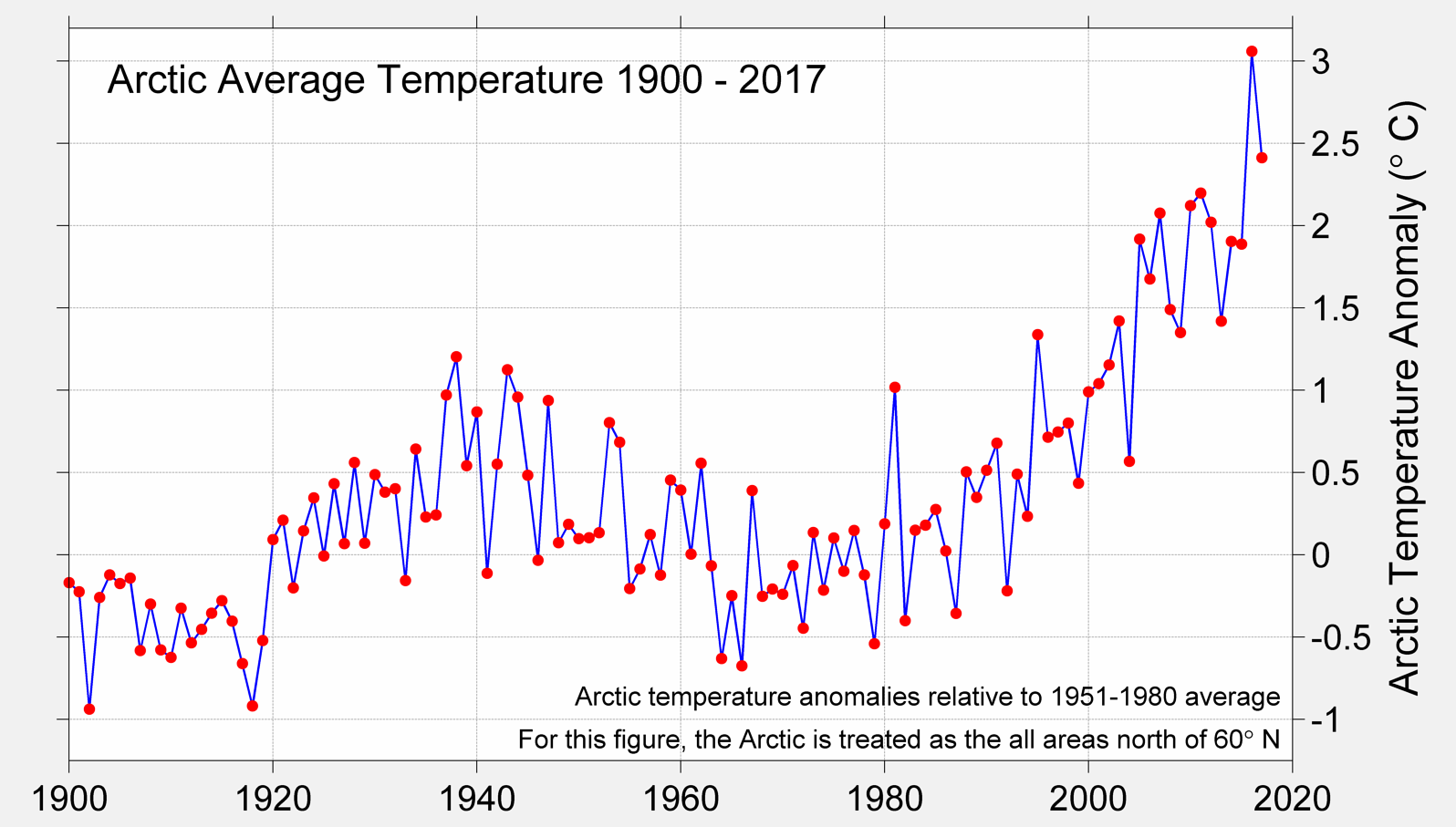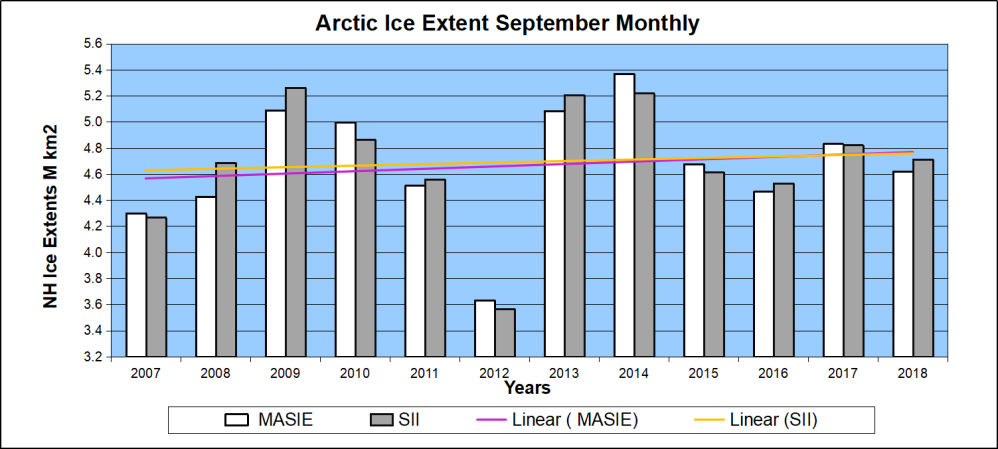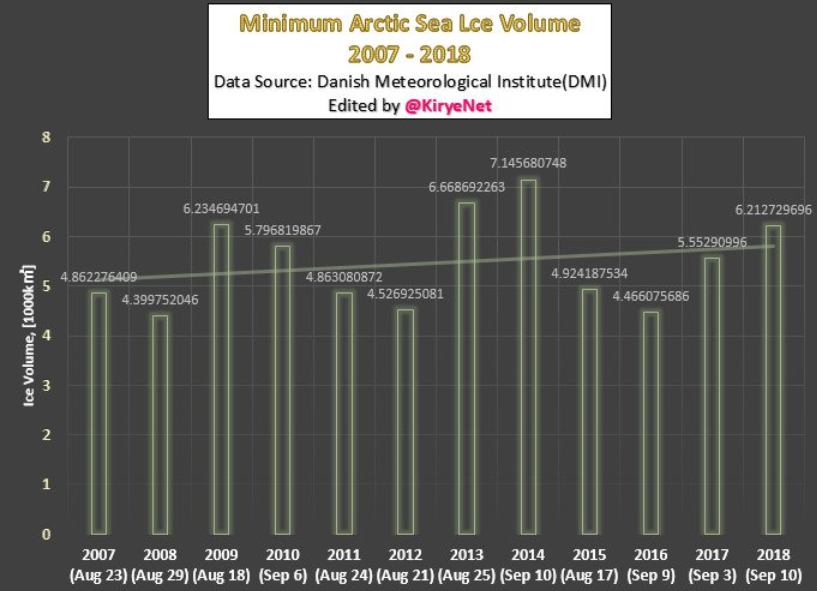Scary warming at poles showing up at weird times, places
"Scientists are seeing surprising melting in Earth's polar regions at times they don't expect, like winter, and in places they don't expect, like eastern
Antarctica."
"The National Oceanic and Atmospheric Administration Tuesday released its annual Arctic report card, detailing the second warmest year on record in the Arctic and problems, including record low winter sea ice in parts of the region, increased toxic algal blooms, which are normally a warm water phenomenon, and
weather changes in the rest of the country attributable to what's happening in the far North.
NOAA reveals Arctic Ocean has lost 95% of its oldest ice
"The Arctic is experiencing the most unprecedented transition in human history," report lead author Emily Osborne, chief of Arctic research for NOAA, said Tuesday."
I thought you guys were telling us how cold it had been up there; how there'd been no loss of ice in 11 years. Everything was hunky dory? What the fuck dudes?
Your links are to ABC, and not NOAA.
I went to NOAA and looked up this year's icecap. It contraindicates warming trends. Here:
Arctic sea ice extent for November averaged 9.80 million square kilometers (3.78 million square miles). This was
the ninth lowest November in the 1979 to 2018 satellite record, falling 900,000 square kilometers (347,000 square miles) below the 1981 to 2010 average, yet 1.14 million square kilometers (440,000 square miles) above the record November low in 2016.
Sea ice extent increased quite rapidly during the early part of the month, bringing the extent within the interdecile range of the 1981 to 2010 climatology during the latter half of the month. This was due in part to the Laptev Sea finally freezing up after having extensive open water through the end of October, as discussed in our
previous post. There was also considerable ice growth in Hudson Bay, Baffin Bay, the Chukchi Sea, and the Kara Sea. This rapid growth is not particularly surprising. As the sun has set in the Arctic, the atmosphere has strongly cooled. As soon as the remaining open ocean water loses its heat to the atmosphere, ice growth occurs.
Further, the increased area of open water in summer had led to increased frequency of rapid ice growth events in mid to late autumn, in which more than 1 million square kilometers (386,000 square miles) of ice can form within a 7-day period (see
Stroeve and Notz, 2018).
Despite relatively fast ice growth during November, at the end of the month substantial open water still remained in the Chukchi and Barents Seas. The Chukchi Sea was in general completely ice covered by the end of November in the 1980s through to the early 2000s. However, low ice extent in the Chukchi Sea into late autumn has become quite common in recent years and this year’s extent is comparable to the new normal for this time of year in the region. Similarly, in the Barents Sea, low autumn extent has become common in recent years as warm Atlantic water is preventing ice growth farther north—a process called “
Atlantification.”
Locally, we're way under the usual temperatures for the fall, 2018.



